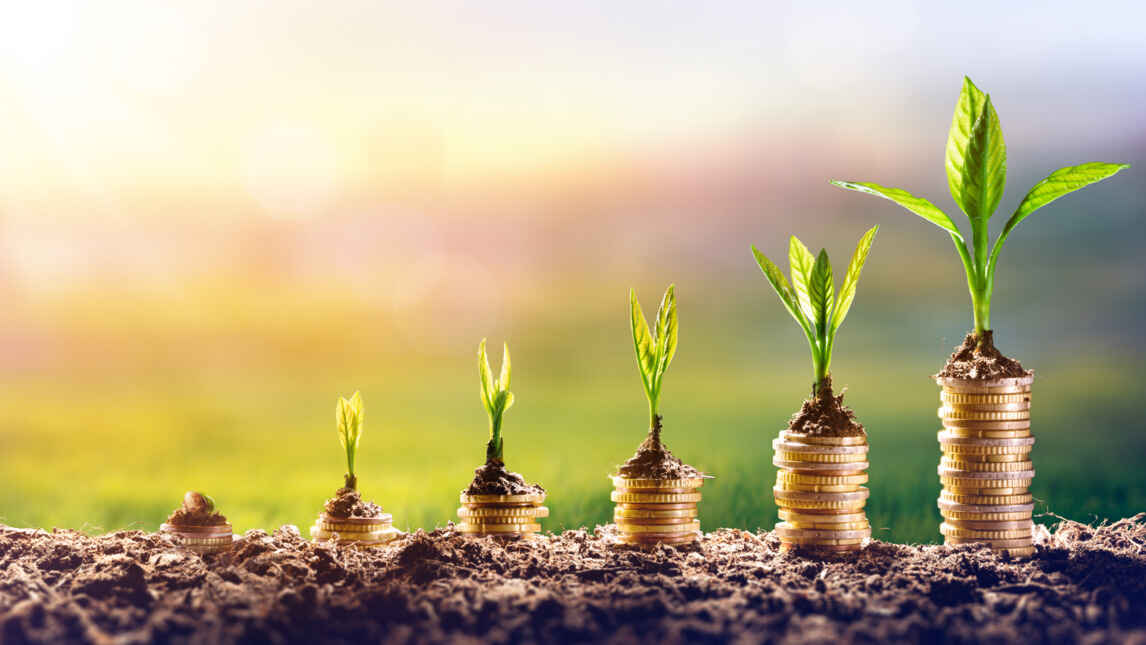
Life Cycle Costing: Definition, Process and Purpose

Life cycle costing is the process of maximising benefits from limited resources or assets by adding up all the lifetime costs associated with it. It helps businesses assess the cost an asset will incur during its lifetime and decide whether to go ahead with purchasing the same.
Read on to know what is life cycle costing in detail, its process and advantages.
What Is Life Cycle Costing?
Life cycle costing also goes by the term "whole life costing". To define life cycle costing, it can be said that this whole process determines the cost which will be incurred by an owner of an asset or a service throughout its life span. Life cycle costing usually takes into account six types of costs:
- Purchase cost
- Maintenance cost
- Financing cost
- Operational cost
- Depreciation cost
- End-of-life cost
How to Use Life Cycle Costing?
Life cycle costing helps the management of a business avoid making poor purchase decisions. Knowing the total expenditure associated with an asset before purchasing it helps set up a proper budget.
While making a purchase decision, a business takes into consideration multiple aspects of an asset. Comparing the various features or aspects of the asset with the help of life cycle costing tactics helps to make a more profitable decision.
Life Cycle Costing (LCC) is primarily useful for business premises. However, other industries are conveniently adapting to this process as well. In the engineering industry, LCC aids in calculating the costs related to the manufacture and development of a product. It is planned in such a way that the end-user cost would not be too expensive for the customers either.
LCC is applicable for intangible assets as well. Take a patent or copyright as an example of an intangible asset. From planning to validation of such an asset, you will require the assistance of a professional lawyer in the first stage; then, there will be other costs as well, but adding up such costs will help you evaluate its life cycle costing estimation.
What Is the Process of Life Cycle Costing?
The whole process of life cycle costing has some distinctive stages to go through, beginning from production to discontinuation of a product. It is a summation of all the costs that will occur during these stages. Following the stages mentioned below will help you get an estimation of an asset's lifetime costs:
Stage 1: This stage consists of assessing the costs incurred for the production of a product or good or installation of a project or idea.
Stage 2: A business calculates the operational and maintenance costs of the product in this stage. Basically, after installing or producing the product, utilisation and recurring costs, such as repair and replacement costs, get calculated in this phase.
Stage 3: This is the stage where the disposal or termination cost of a good or service is taken into consideration.
Stage 4: In this final stage, one calculates the residual value for the asset. Residual value is the estimated value of the asset at the end of its life cycle.
Step 5: Add all the different types of costs mentioned above. The output is the life cycle cost of the product. One should note that the higher the residual value, the lower will be the life cycle cost of an asset.
What Is the Purpose of Life Cycle Costing?
- It aids a business in understanding which will be more profitable and worthy of its investment.
- This process works out the best for the long-term planning of a business and its upcoming projects or ideas.
- LCC helps settle a reliable budget and financial goal for a business.
Example of Life Cycle Costing
Let's have a look at the following example to gain a better understanding of how life cycle costing works out for products in a business.
Let's say you are planning to buy a new computer for your business which you will be using for 5 years. The associated costs are:
|
Purchasing Cost |
₹50,000 |
|
Operating Cost |
₹10,000 for paying its electricity bill throughout its lifetime. |
|
Repair and Maintenance Cost |
₹5,000 |
|
Depreciation |
₹5000 for 5 years |
|
Disposal cost |
₹1500 |
|
Total: |
₹67,500 |
Even though the computer will initially cost you ₹50,000, the computer will cost your business a total of over ₹67,500 for 5 years.
When you are operating a business, keeping track of all the expenses and revenues is essential to ensure profitability. In this article, we have discussed what is life cycle costing and how life cycle costing can prove to be more beneficial than conventional costing methods.














